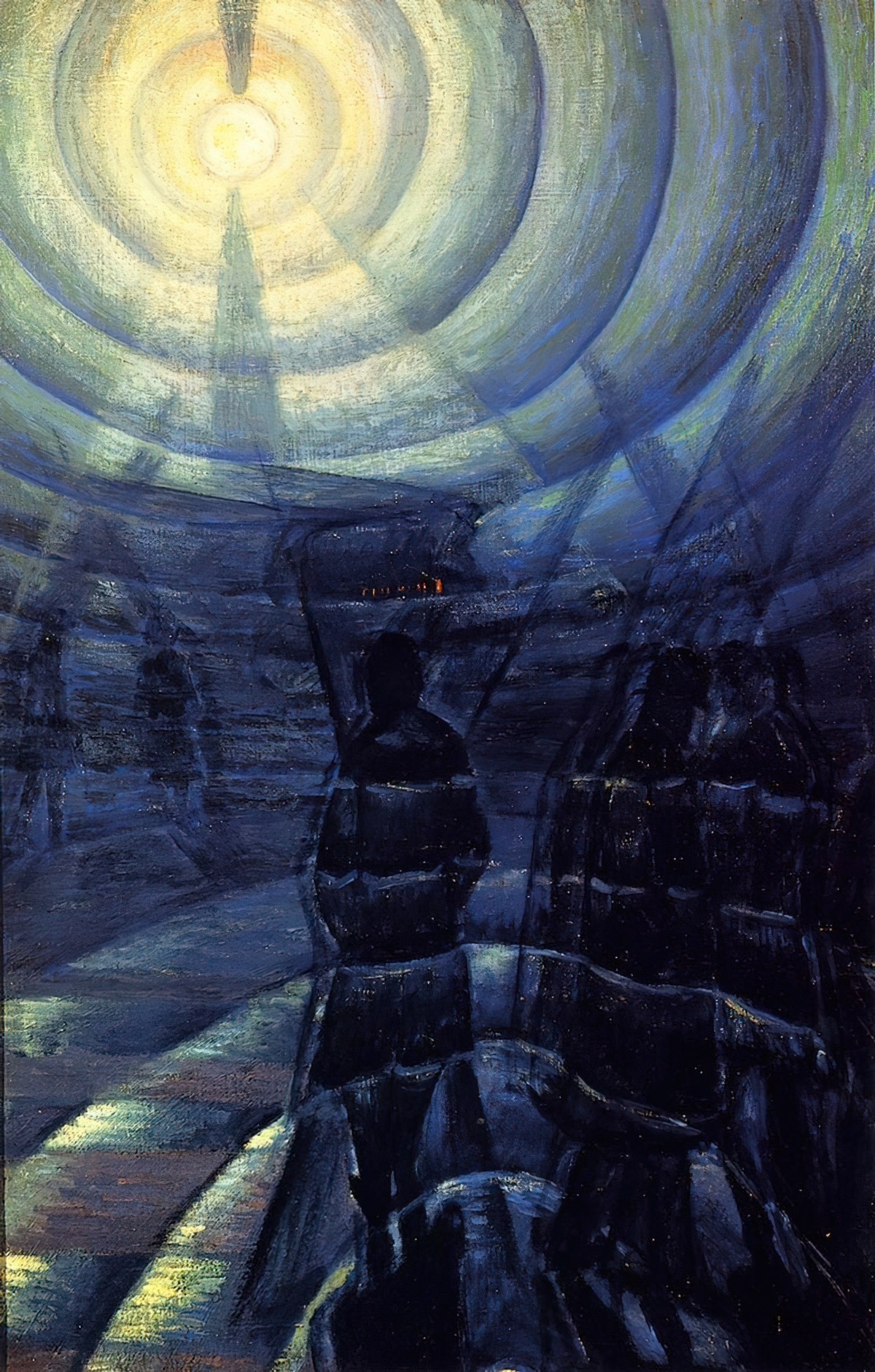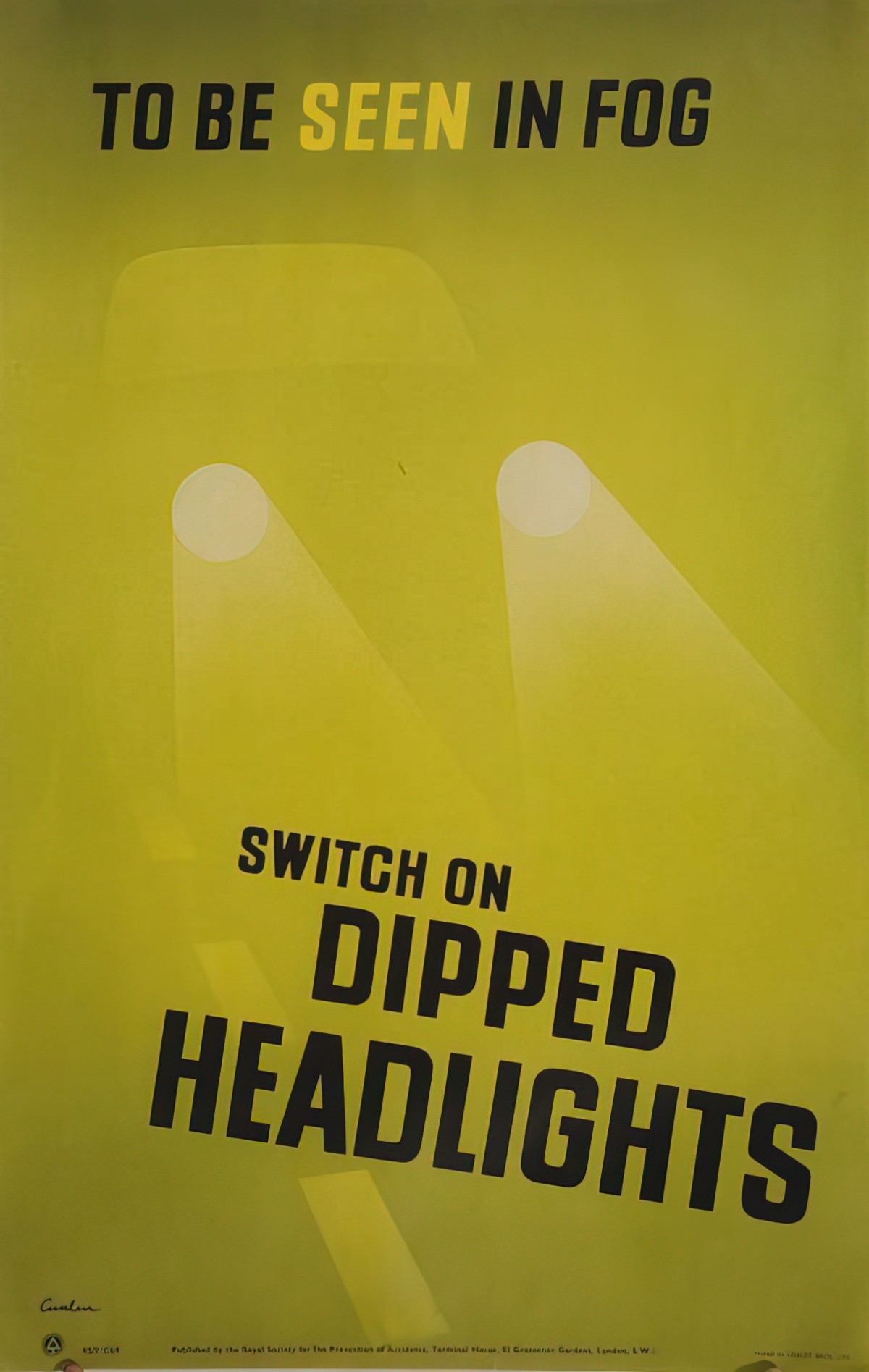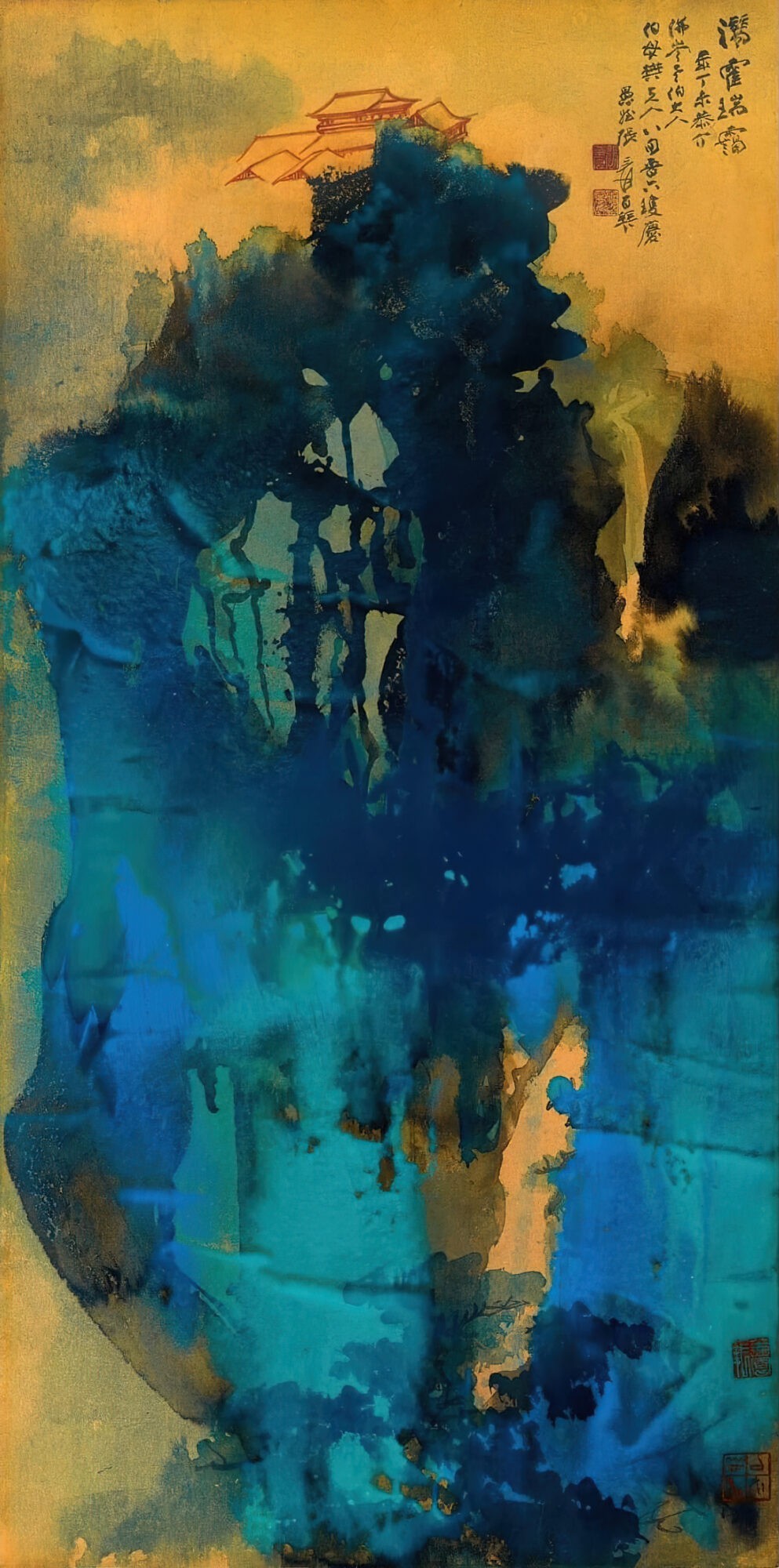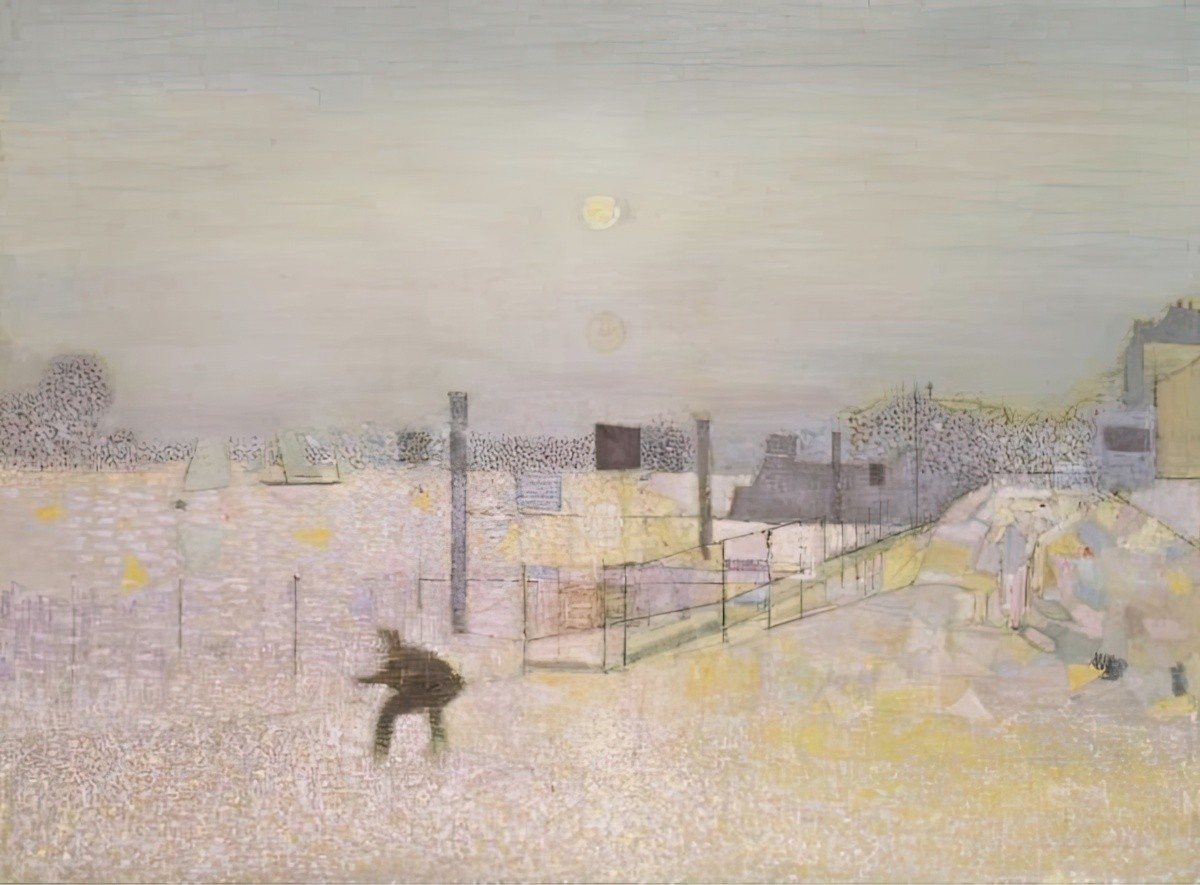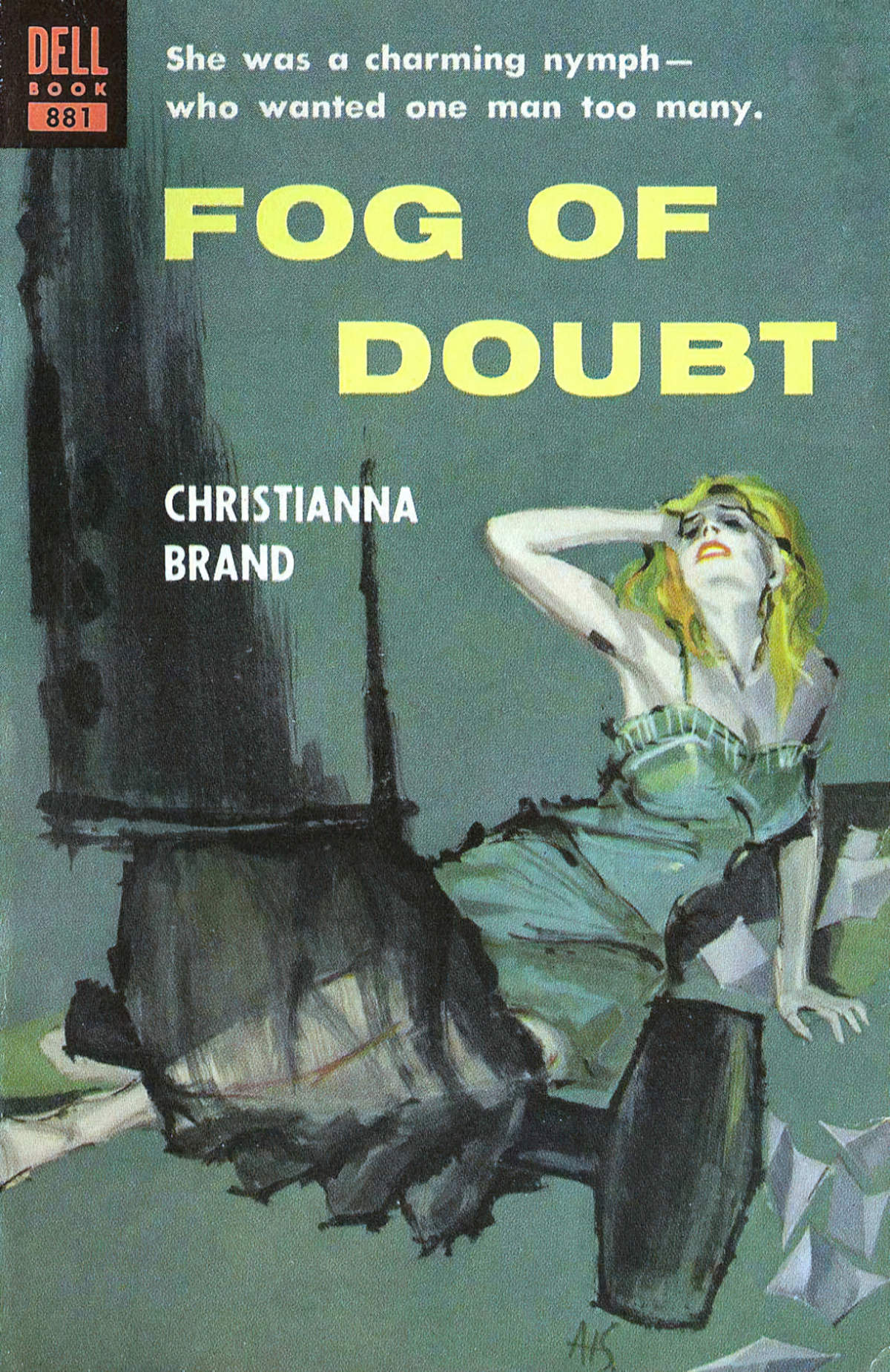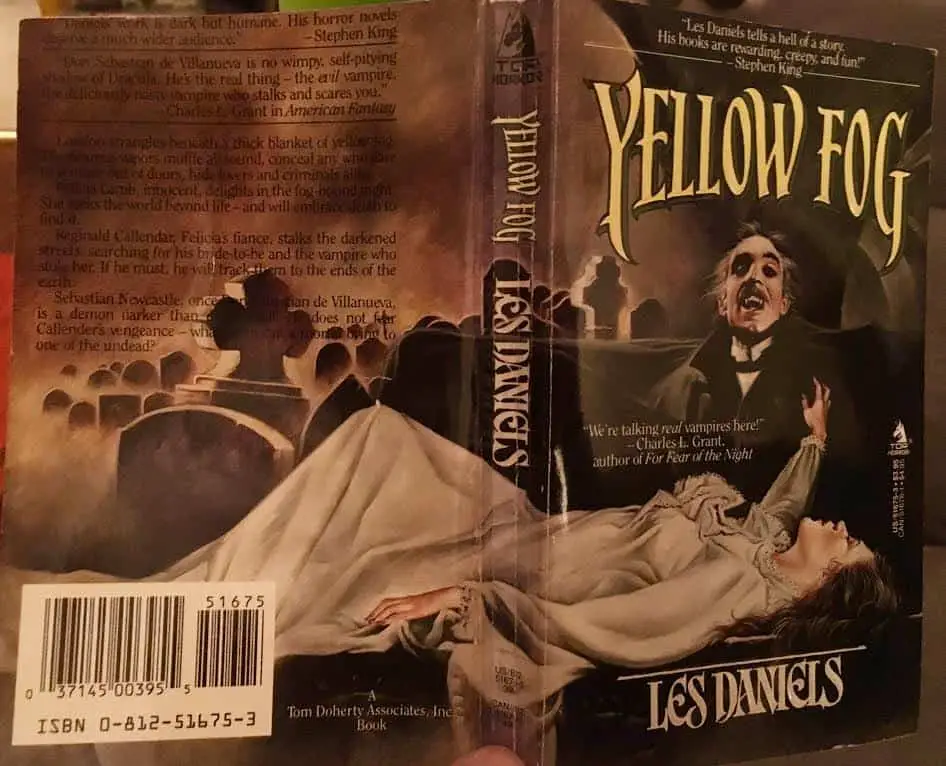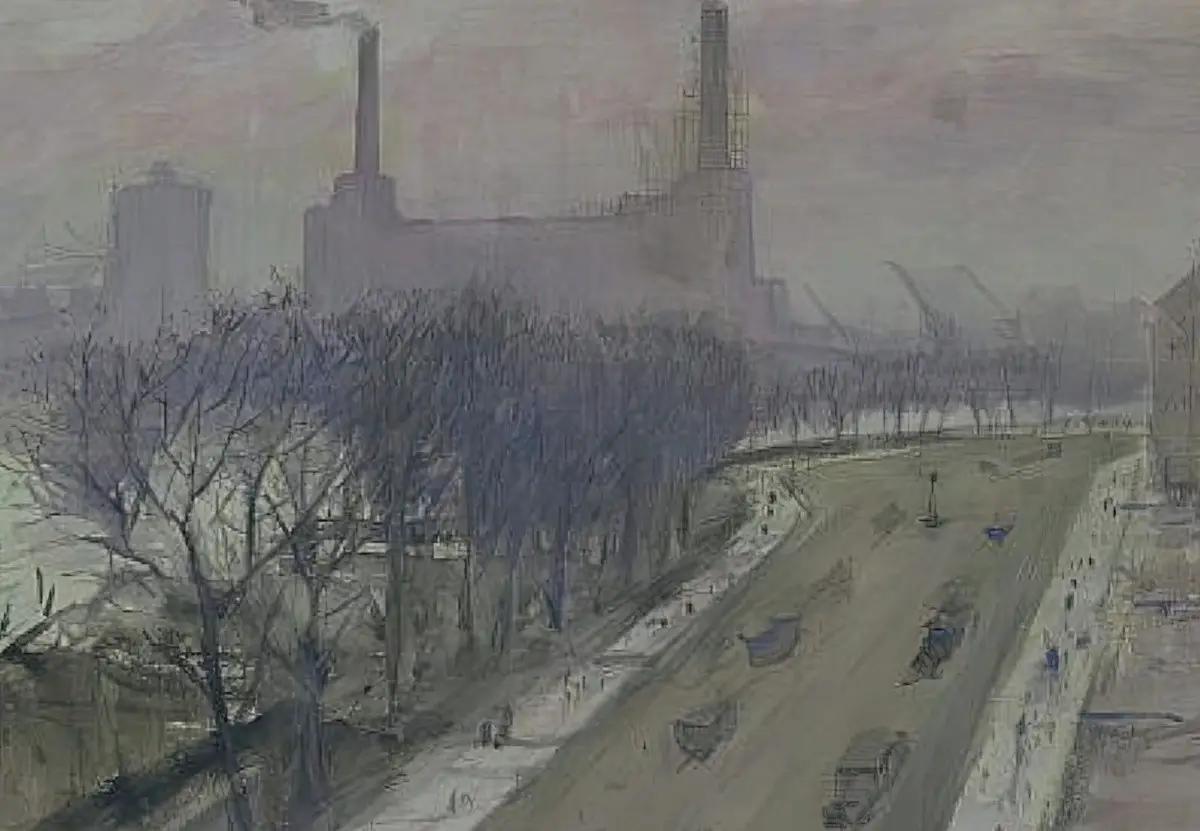
In stories and in art, fog and mist symbolises a variety of related things: obfuscation, mystery, dreams, confusion and a blurring between reality and unreality.
First, a description of fog from classic literature:
Fog everywhere. Fog up the river, where it flows among green aits and meadows; fog down the river, where it rolls defiled among the tiers of shipping and the waterside pollutions of a great (and dirty) city. Fog on the Essex marshes, fog on the Kentish heights. Fog creeping into the cabooses of collier-brigs; fog lying out on the yards, and hovering in the rigging of great ships; fog drooping on the gunwales of barges and small boats. Fog in the eyes and throats of ancient Greenwich pensioners, wheezing by the firesides of their wards; fog in the stem and bowl of the afternoon pipe of the wrathful skipper, down in his close cabin; fog cruelly pinching the toes and fingers of his shivering little ’prentice boy on deck. Chance people on the bridges peeping over the parapets into a nether sky of fog, with fog all round them, as if they were up in a balloon, and hanging in the misty clouds
Bleak House, Charles Dickens
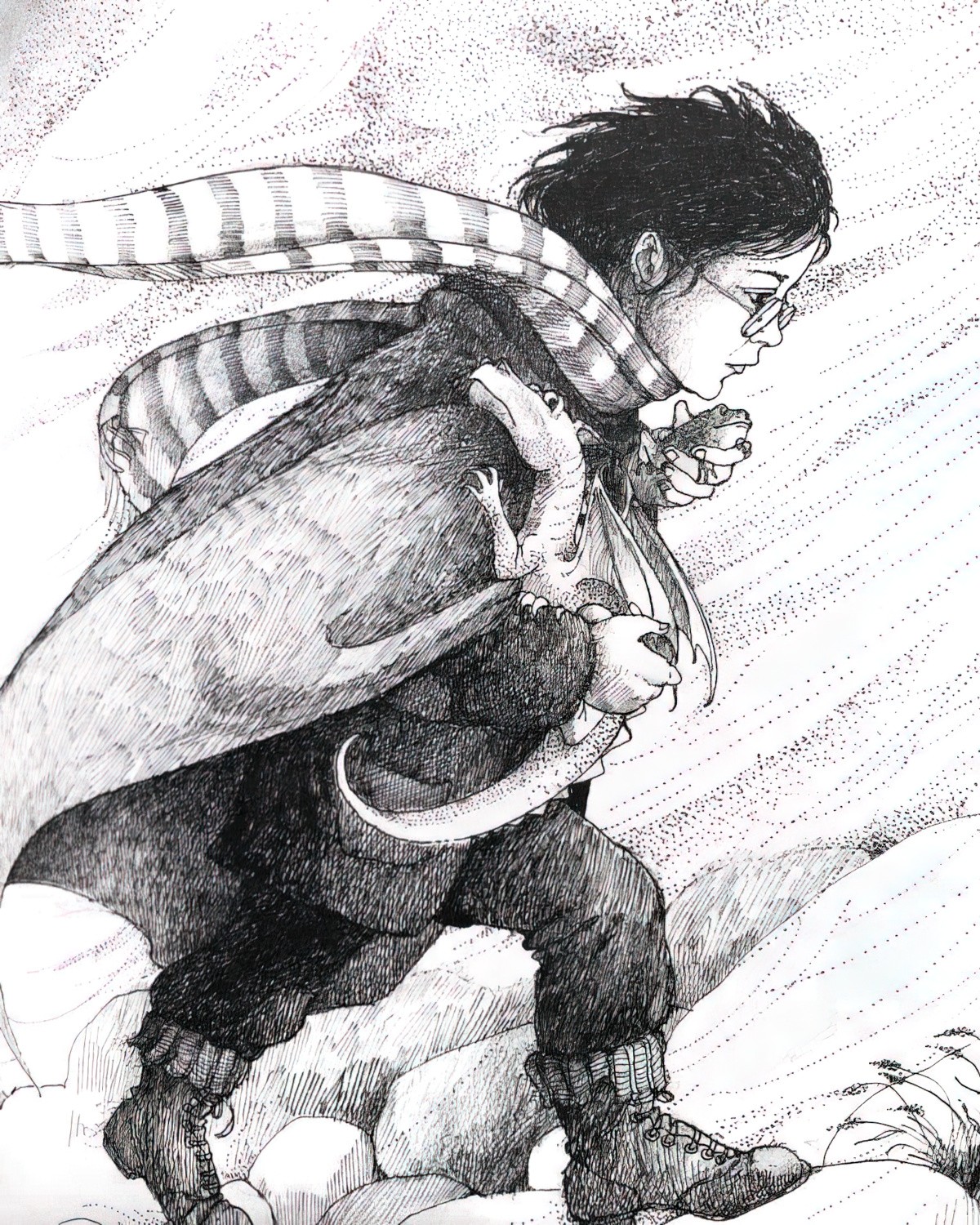
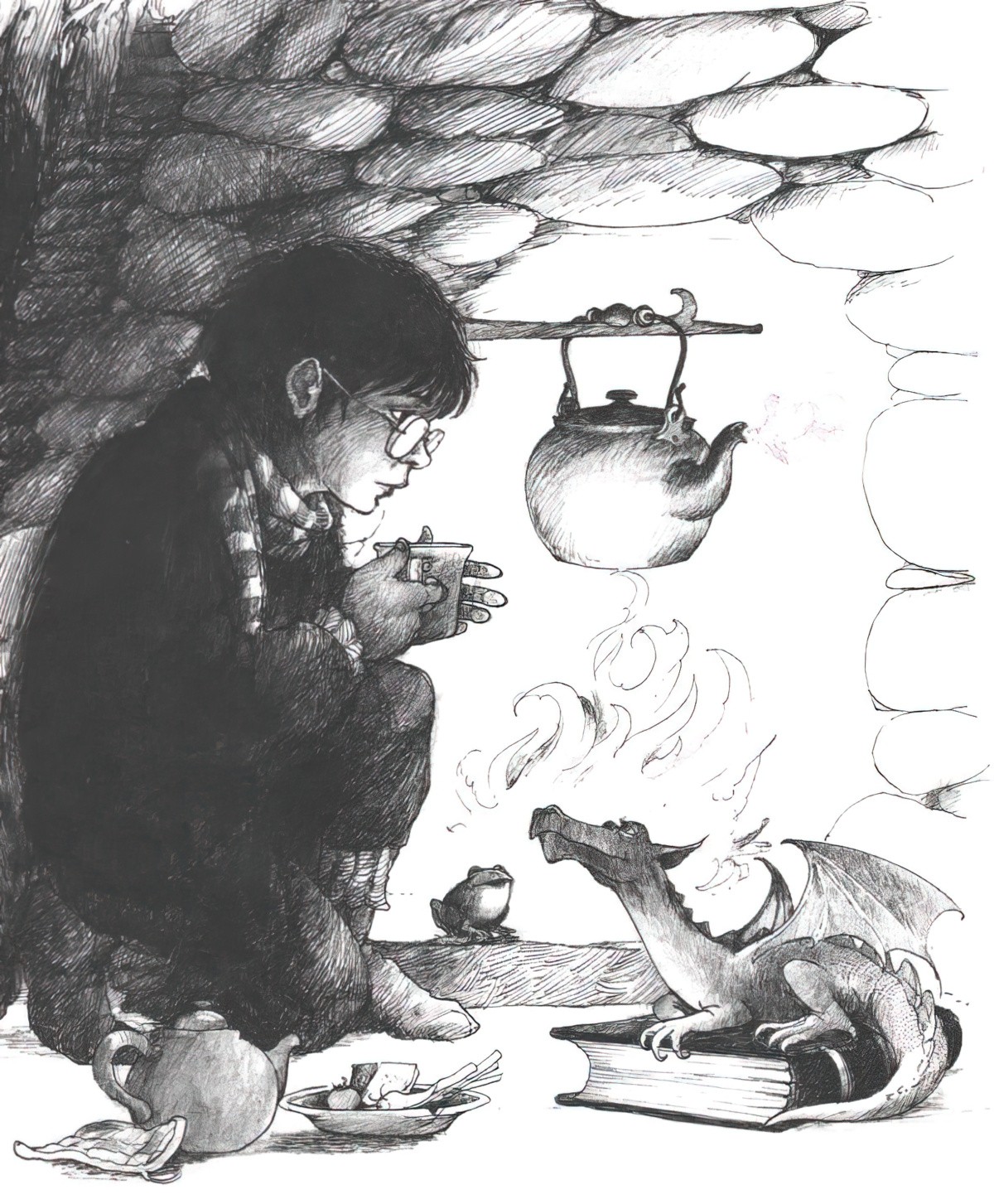
FOG AND THE UNCANNY (UNHEIMLICH)
Here’s the thing about fog. It clears. While it’s hanging around, though, we can’t see much beyond our own noses, and this feels uncanny.
For this exact reason, fog is strongly symbolically linked to the uncanny, or unheimlich — uneasy, eerie, bloodcurdling.
The uncanny can be difficult to distinguish from the fantastic, but here’s a delineation:
With the uncanny, impossible events eventually find a rational explanation which in the end undermines the preternatural.
With the fantastic, the reader is left to hesitate between a rational and an irrational interpretation of impossible events, and the text does not clearly support one or the other.
Since fog clears, opening up to daylight (most typically), this corresponds to the feeling of ‘finding a rational explanation’. Philosopher Friedrich Schelling wrote about the uncanny in Philosophie der Mythologie (1835). According to Schelling, everything is uncanny that ought to have remained hidden and secret, and yet it comes to light. This is how fog tends to be used in stories, too. A fog scene will naturally precede the Anagnorisis.
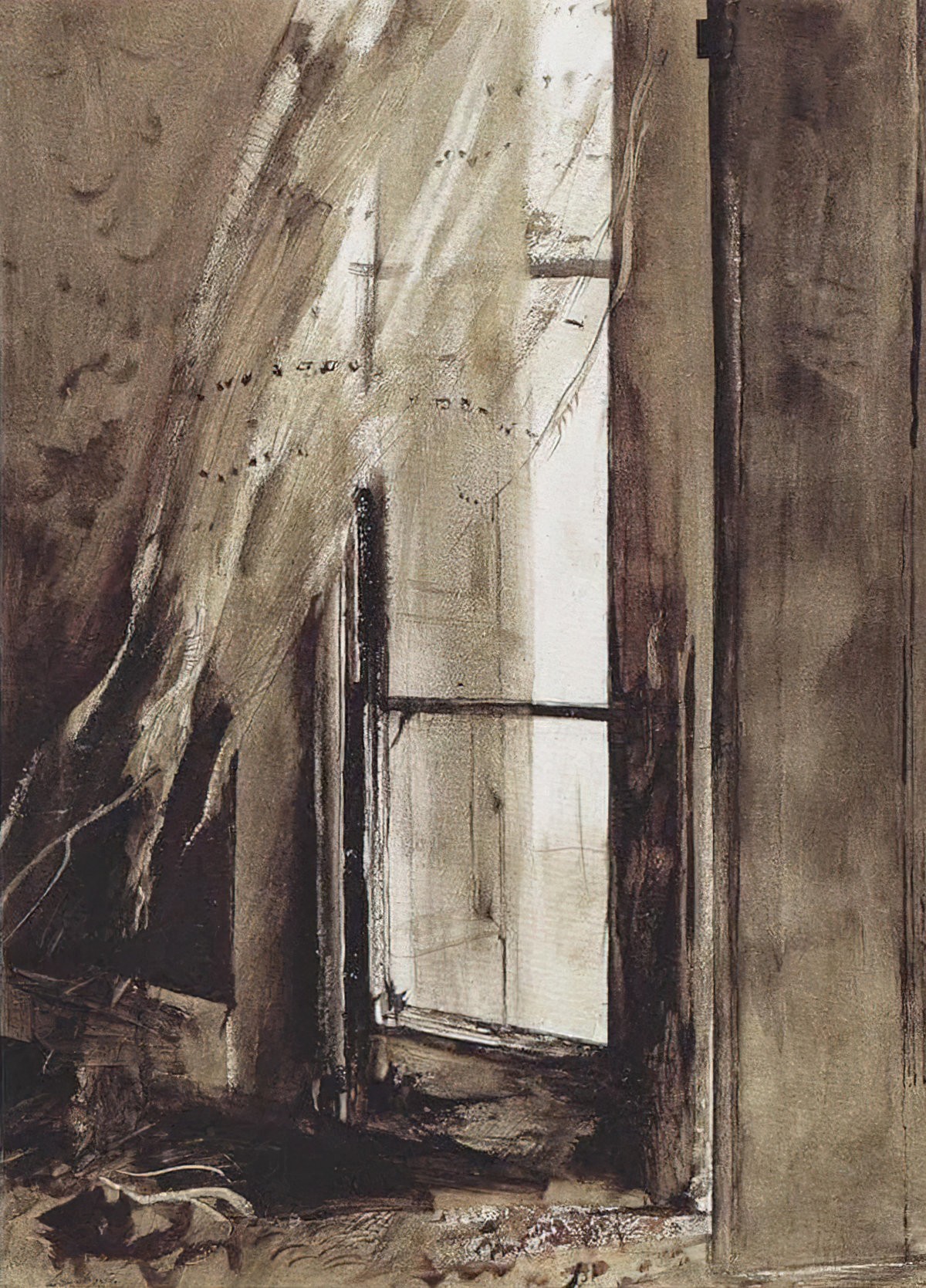
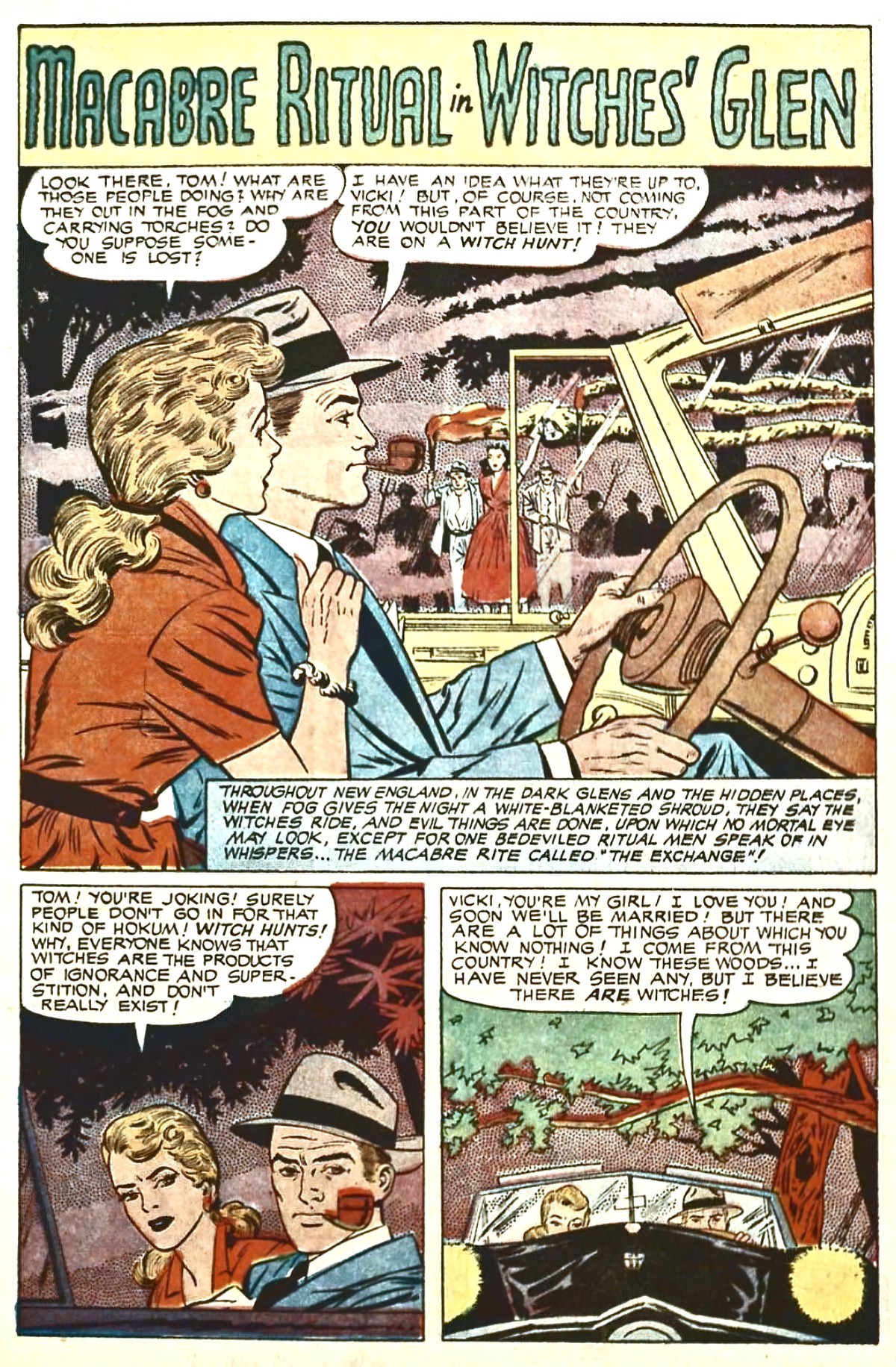
THE OTHERS
We see it in The Others, in which the mother walks around in a fog, with the fog functioning as a barrier between herself and the other world. Eventually she (and the audience) enjoy a big reveal. We learn why she can’t penetrate the ‘wall’ of fog. The fog in this example provides a convenient boundary to the story arena, and also symbolises ‘lack of knowing’.
BLACKDOG
Levi Pinfold makes heavy use of fog in his picturebook Blackdog. Fog functions similarly to how it functions in The Others, even though one is a psychological horror and the other is a children’s picture book.
THE SLEEPER AND THE SPINDLE
In the passage below, Neil Gaiman uses the same symbolism:
They felt the castle long before they saw it, felt it as a wave of sleep that pushed them away. If they walked towards it their heads fogged, their minds frayed, their spirits fell, their thoughts clouded. The moment they turned away they woke up into the world, felt brighter, saner, wiser.
The queen and the dwarfs pushed deeper into the mental fog.
The Sleeper And The Spindle by Neil Gaiman
Hedgehog in the Fog by Sergey Kozlov, Yuri Norstein & Francheska Yarbusova
In the short film Hedgehog In The Fog (from 1975), a hedgehog character explores the local environment. The lightly forested area is shrouded in fog, so thick Hedgehog can’t even see his own paw. This is a fairly utopian setting — creatures are going about their daily business — but the presence of fog creates an environment which is potentially deadly. Threats — or potential threats — emerge suddenly out of the gloom. But the dog is revealed to be a harmless pet and simply runs off after inspecting Hedgehog. The white horse who appears seems to be protective in this cozy story about friendship. By this interpretation, the fog functions as a blanket.
Eventually Hedgehog finds himself floating down a river, evoking river symbolism.
Then it is nighttime and Hedgehog is reunited with his best friend. It is no longer foggy — darkness provides an unexpectedly safer cloak.
Below: Stills from Hedgehog in the Fog, 1975. A Soviet animated film directed by Yuri Norstein
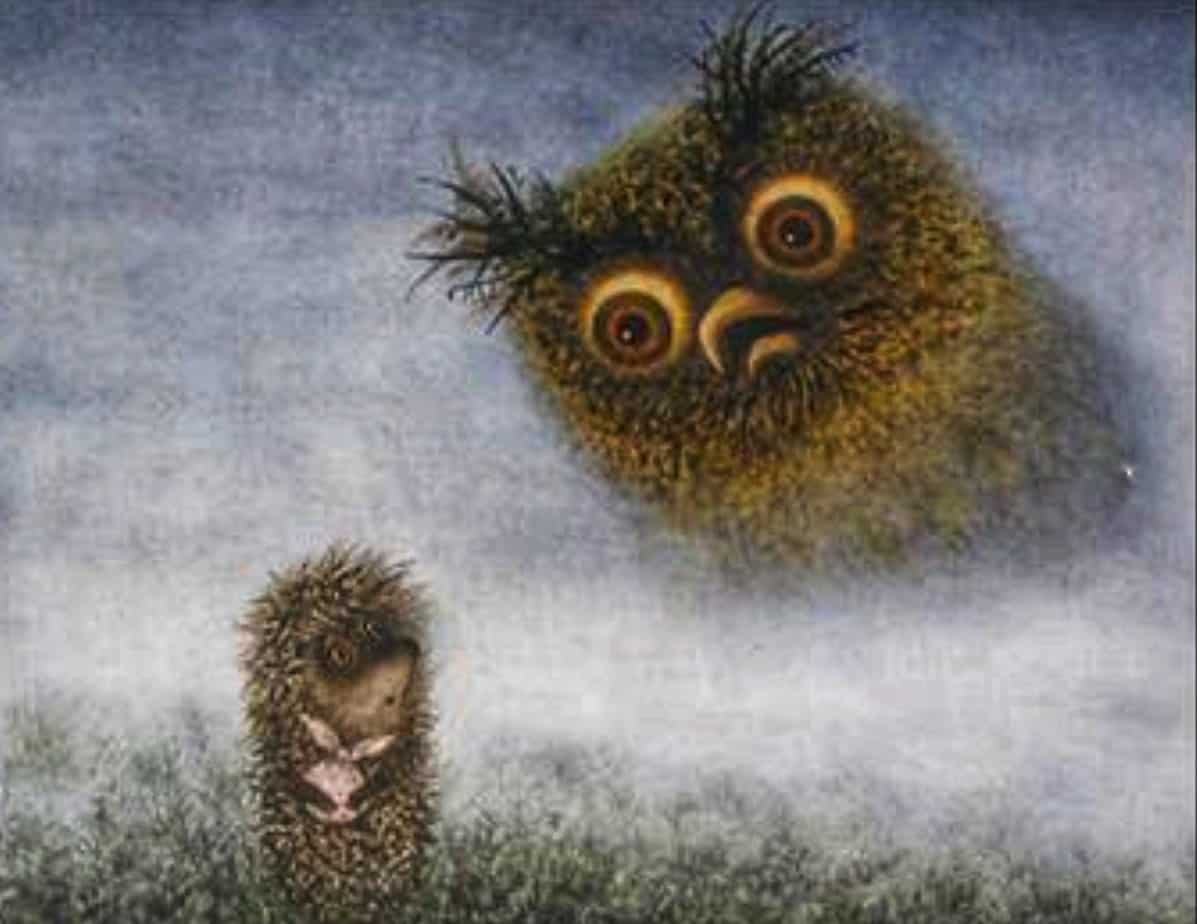
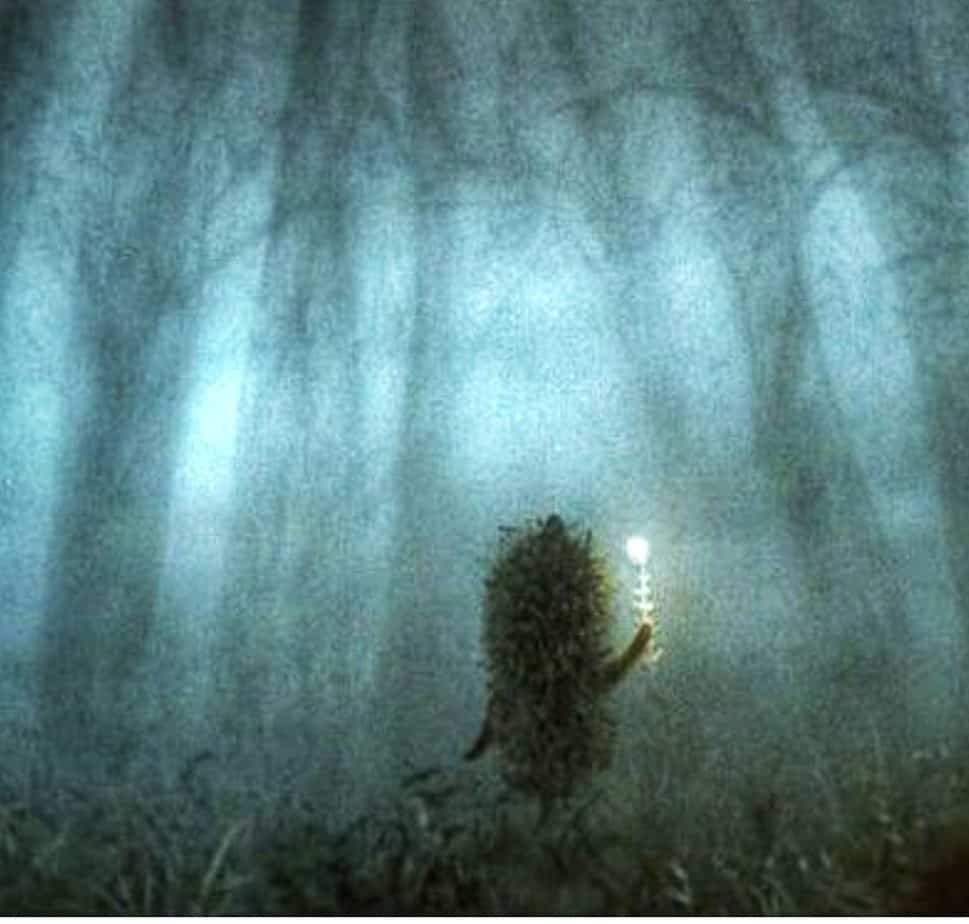
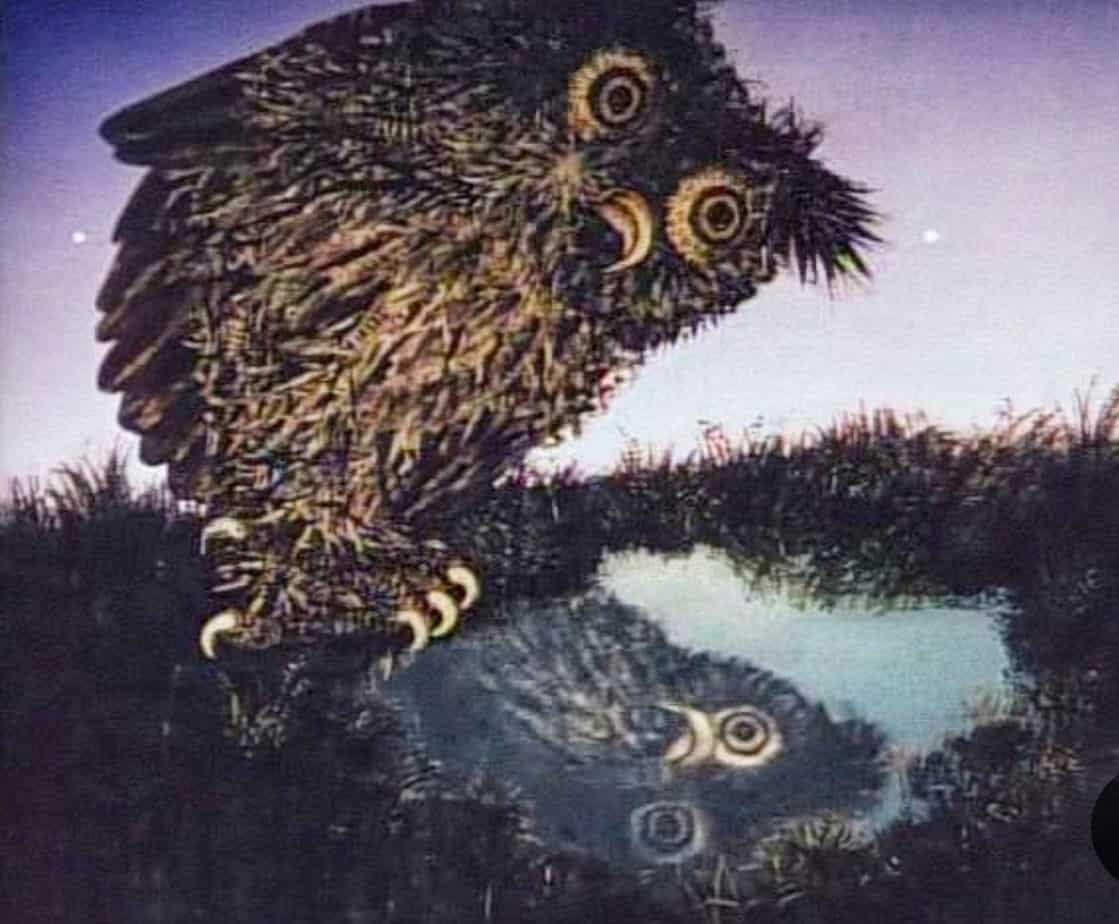
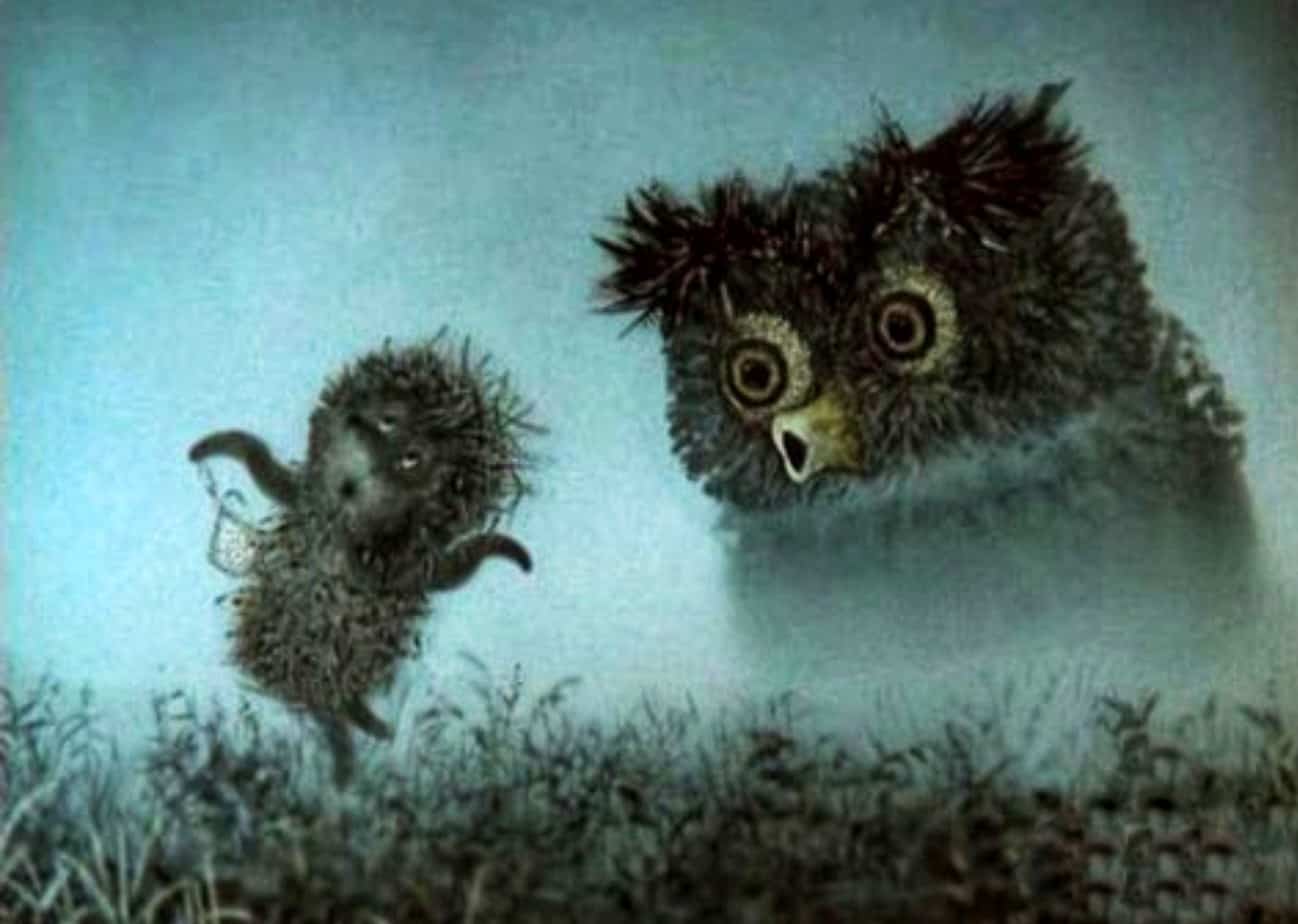
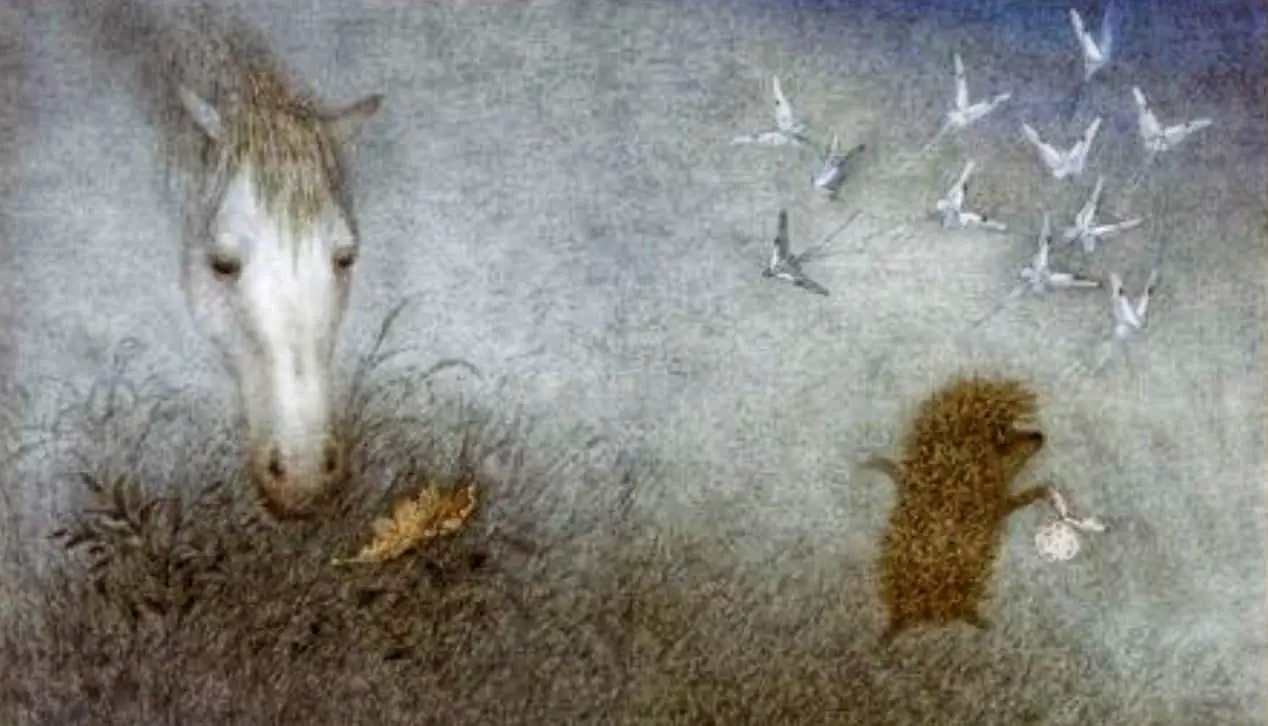
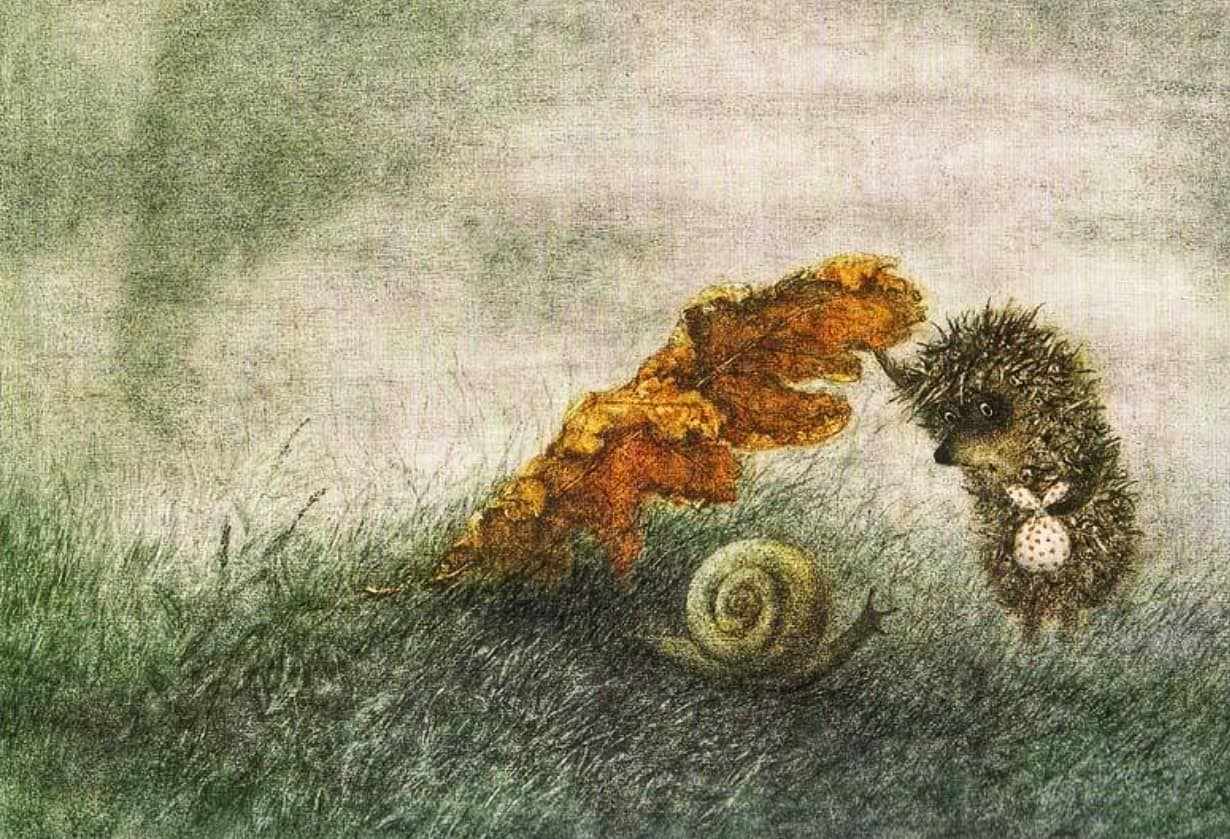
In 2003, an international film jury in Tokyo declared Hedgehog in the Fog to be the best animated film of all time
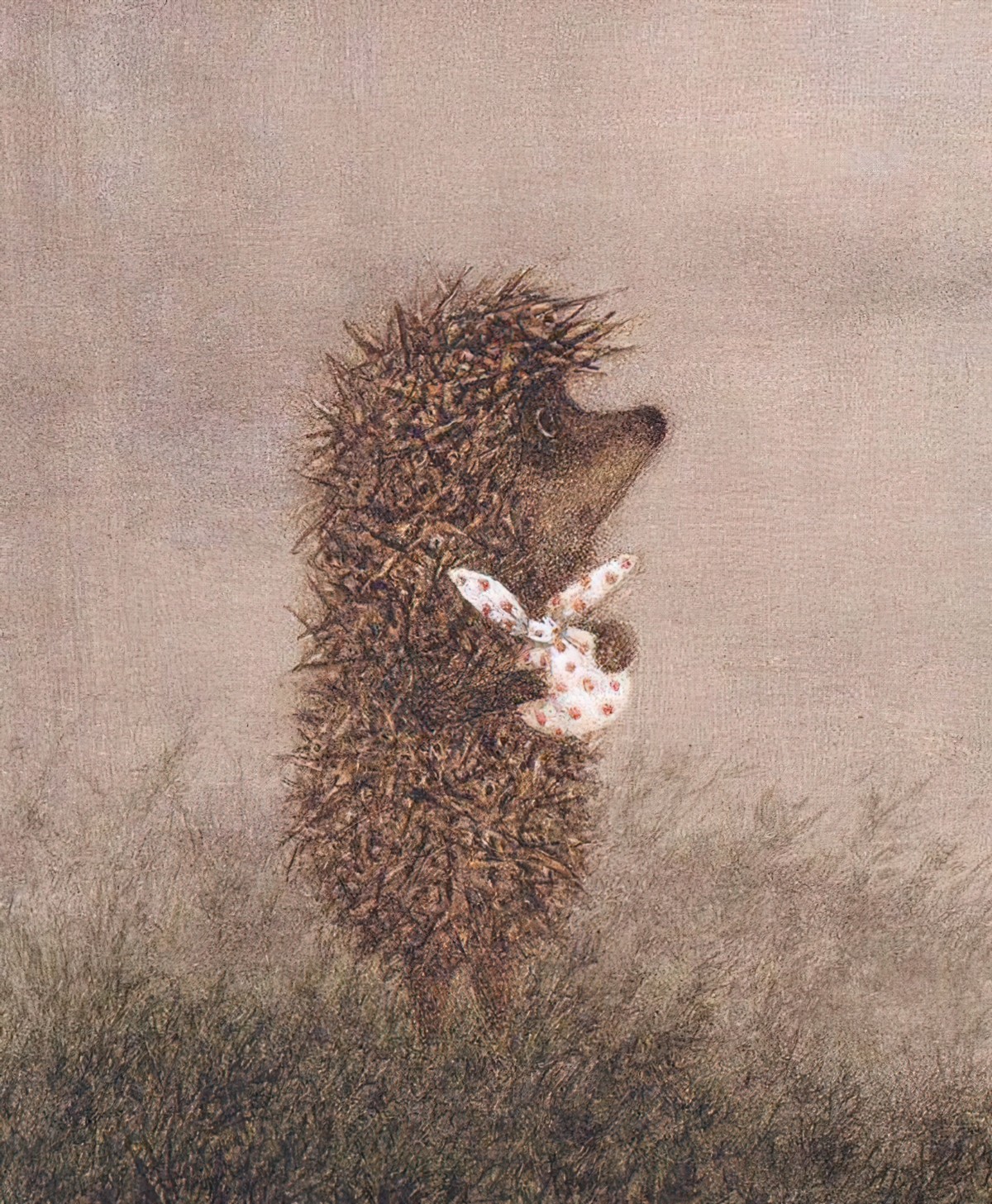
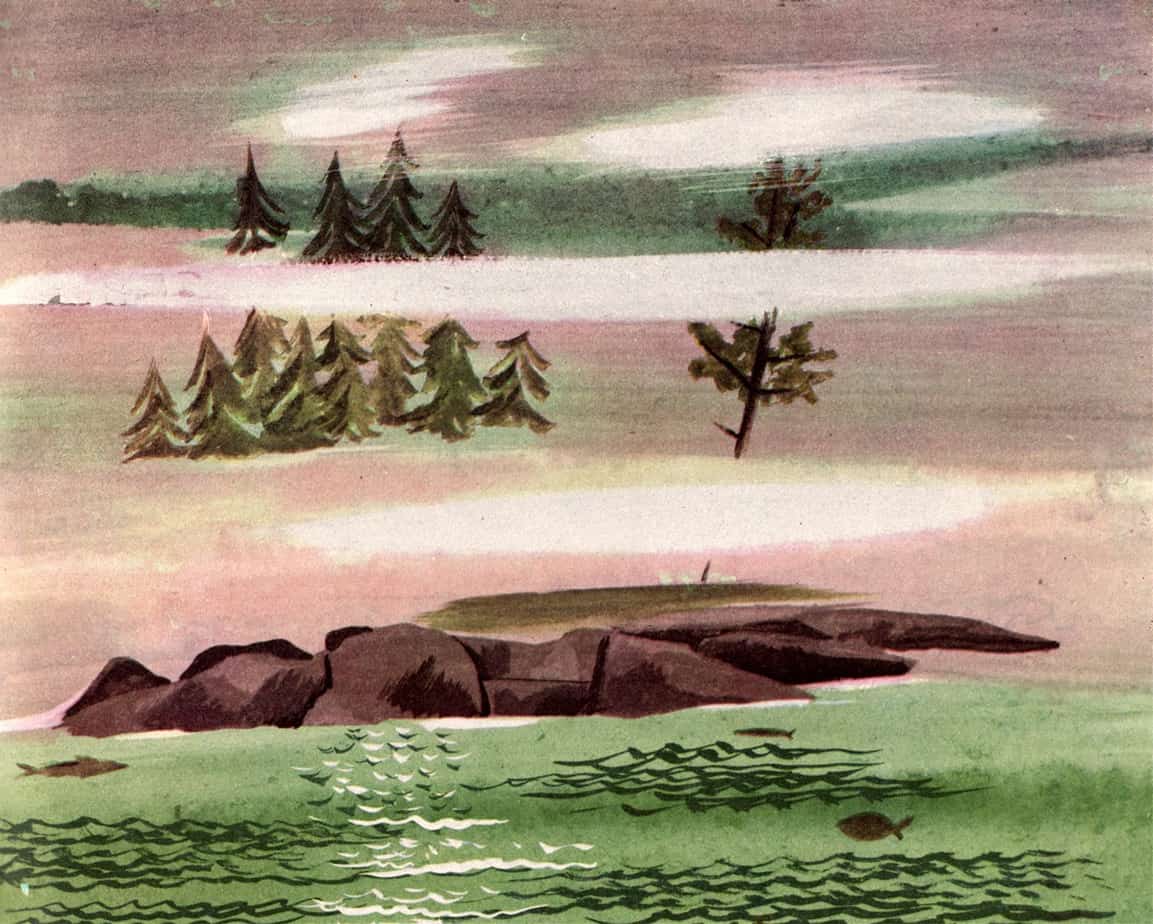
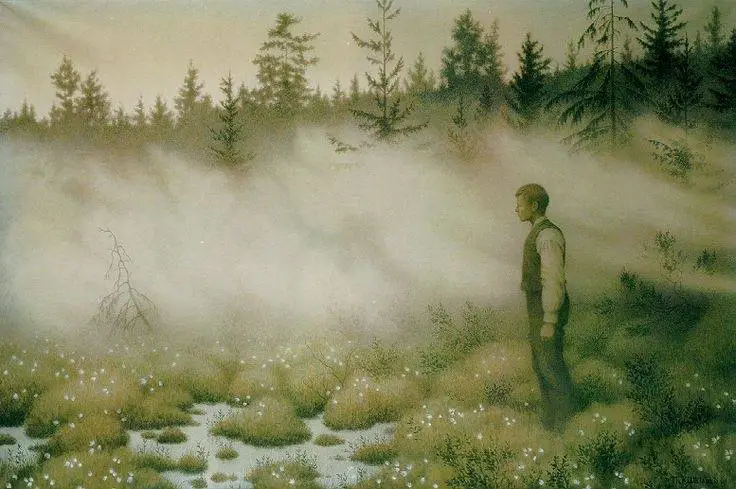






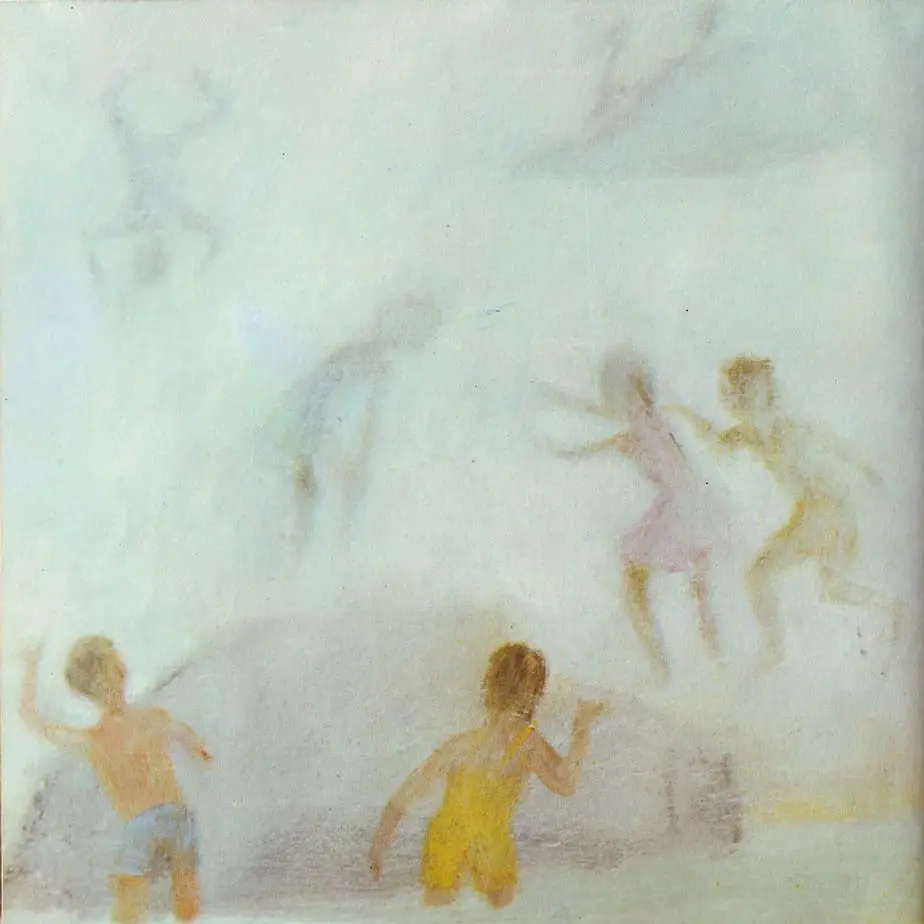
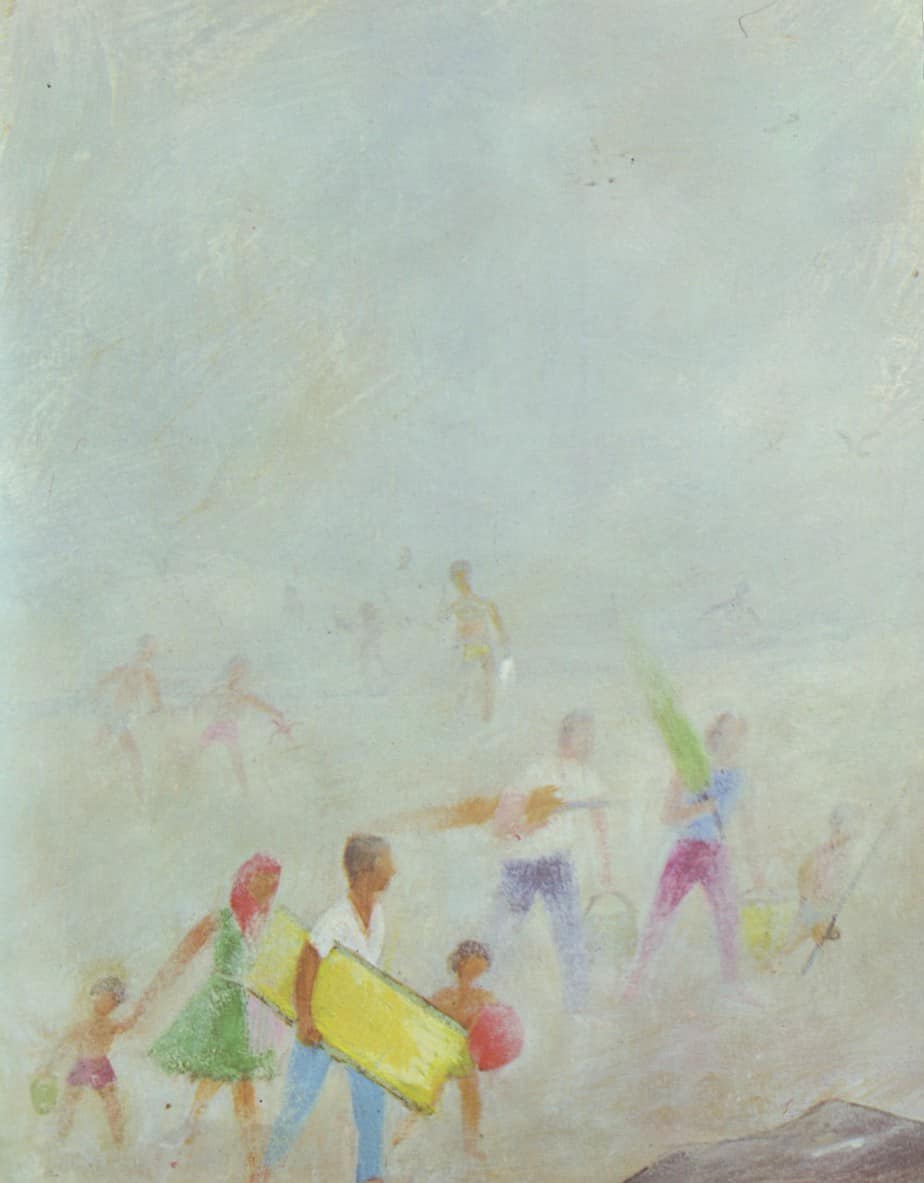
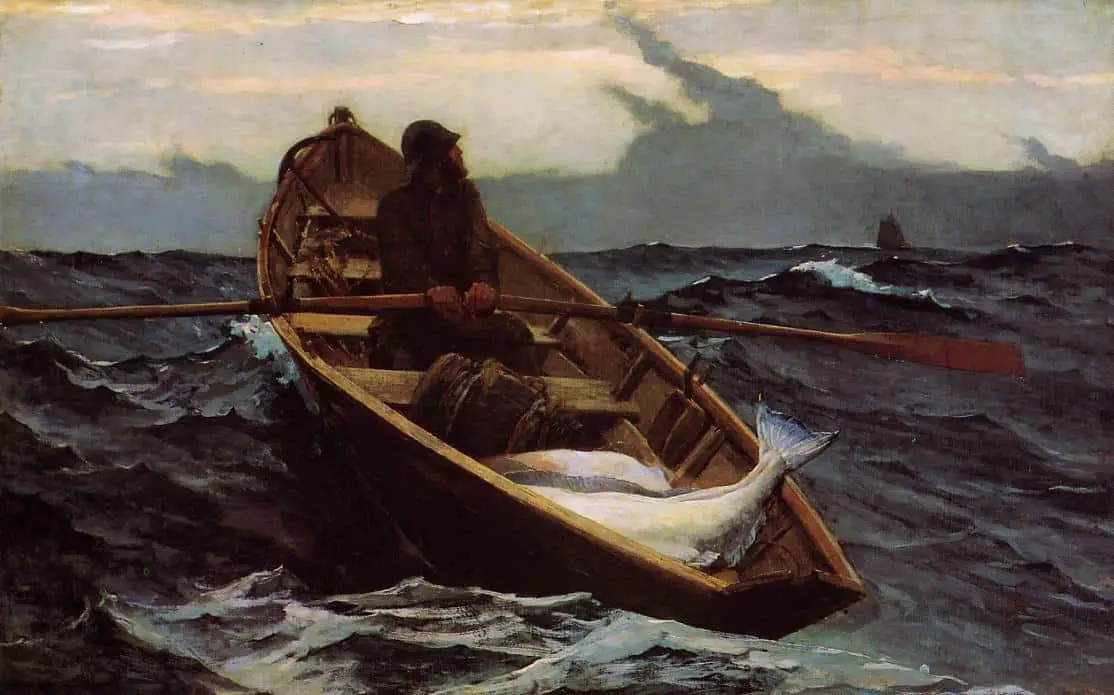
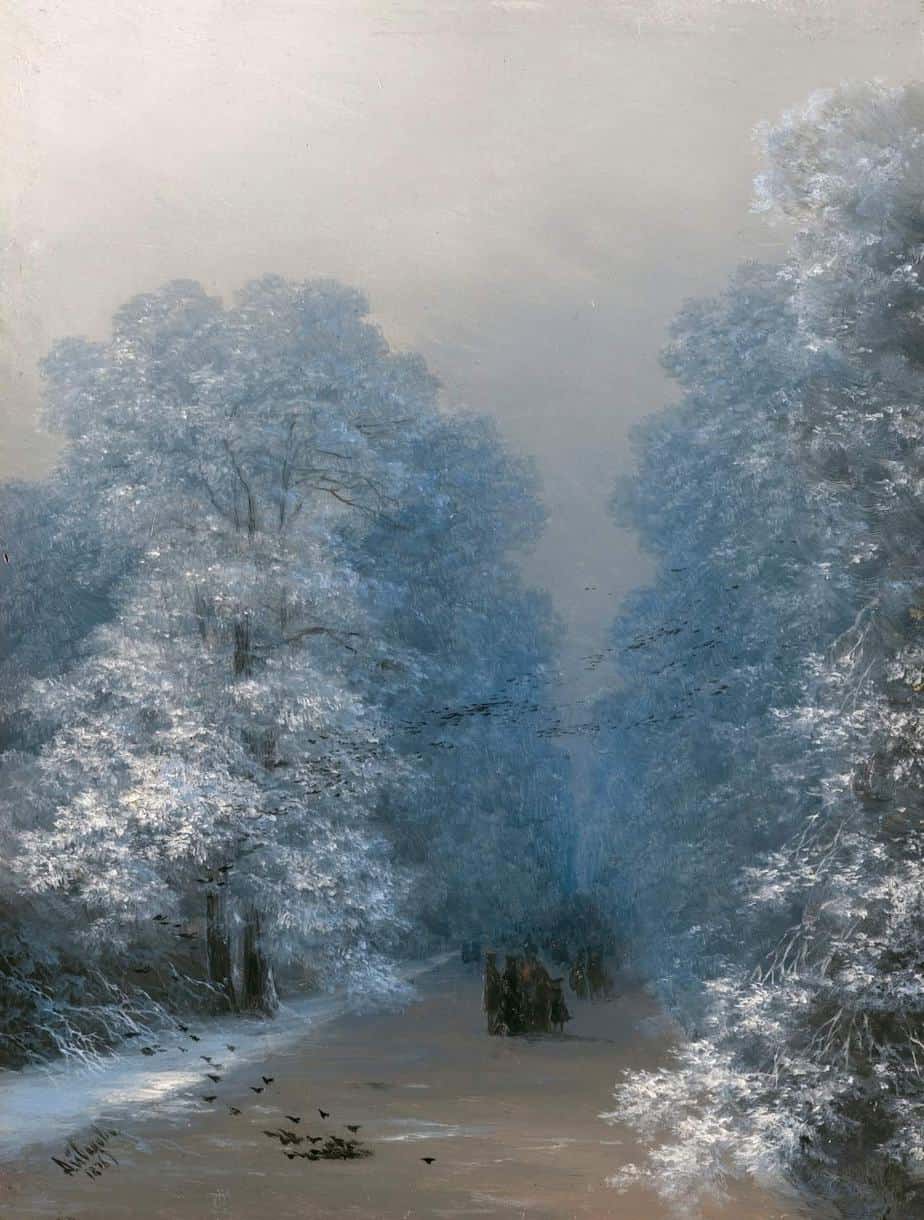
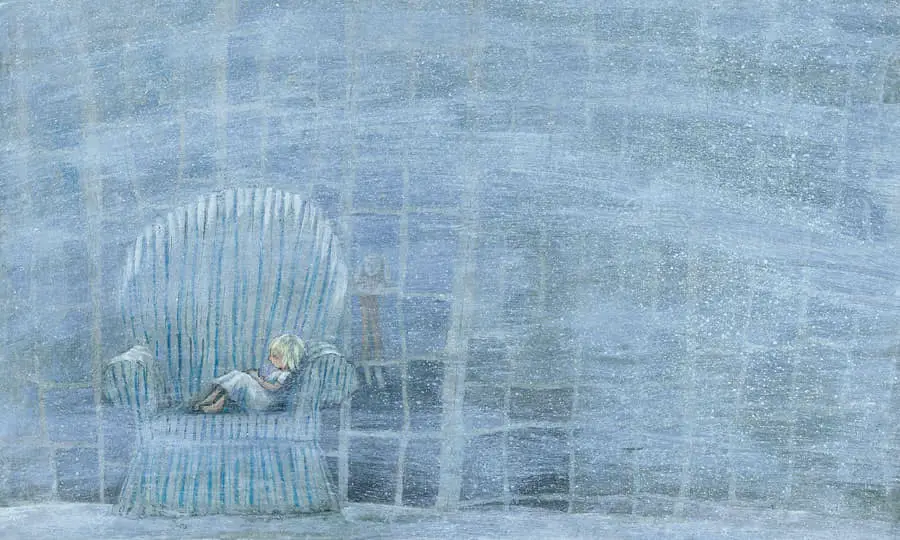
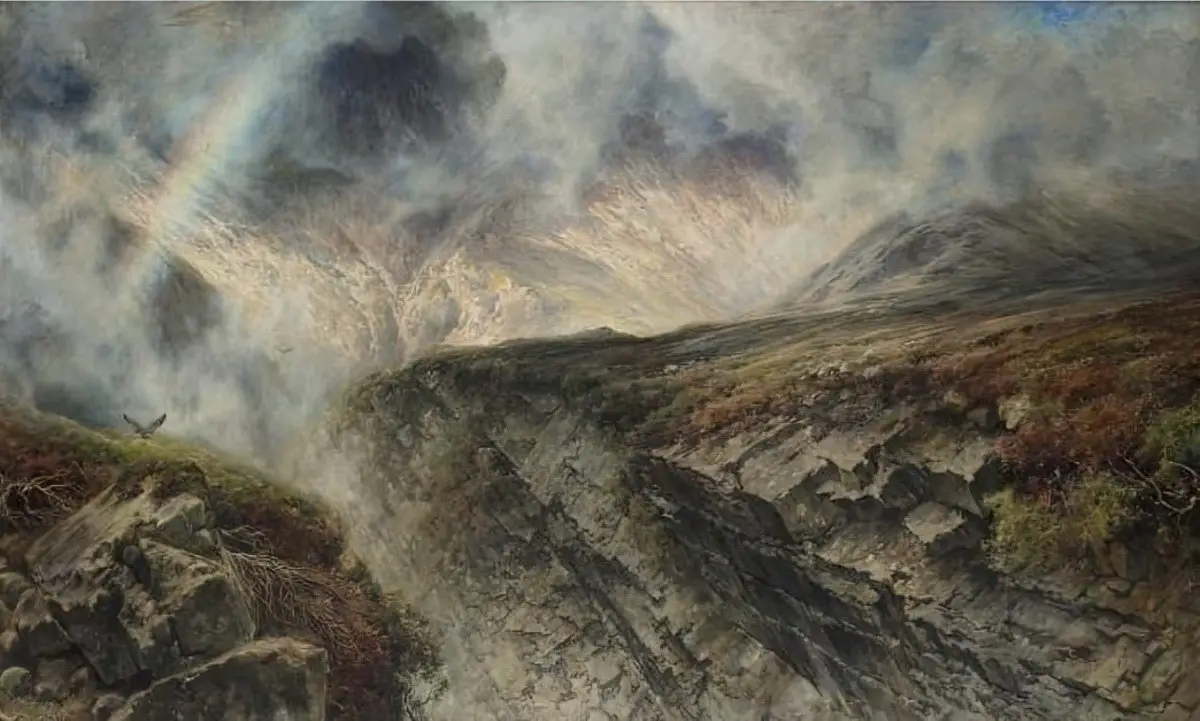
SEE ALSO
- For more on symbolic archetypes in children’s literature, see here.
- For more on weather and conditions, see The Symbolism Of Seasons and The Rule Of Oversized Moons In Picture Books.
- Painter David Dunlop has a post on sun illuminated fog, which offers a different feeling altogether. “We look into uncertainty and project or fill-in information which is not delineated. This is the beholder’s share. “
- Fog is an essential element of a gothic setting.
- The Mist, a film based on the novella by Stephen King
- Alycia Pirmohamed utilises fog as a metaphor for the white gaze in their article Fog Theory: lost in the white gaze
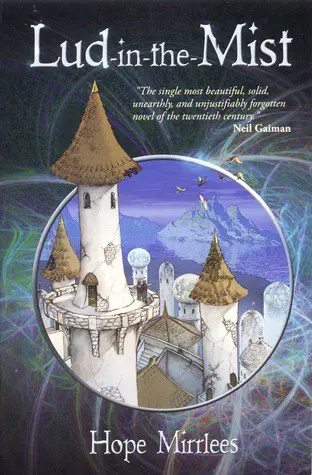
Lud-in-the-Mist, the capital city of the small country Dorimare, is a port at the confluence of two rivers, the Dapple and the Dawl. The Dapple has its origin beyond the Debatable Hills to the west of Lud-in-the-Mist, in Fairyland. In the days of Duke Aubrey, some centuries earlier, fairy things had been looked upon with reverence, and fairy fruit was brought down the Dapple and enjoyed by the people of Dorimare. But after Duke Aubrey had been expelled from Dorimare by the burghers, the eating of fairy fruit came to be regarded as a crime, and anything related to Fairyland was unspeakable. Now, when his son Ranulph is believed to have eaten fairy fruit, Nathaniel Chanticleer, the mayor of Lud-in-the-Mist, finds himself looking into old mysteries in order to save his son and the people of his city.
